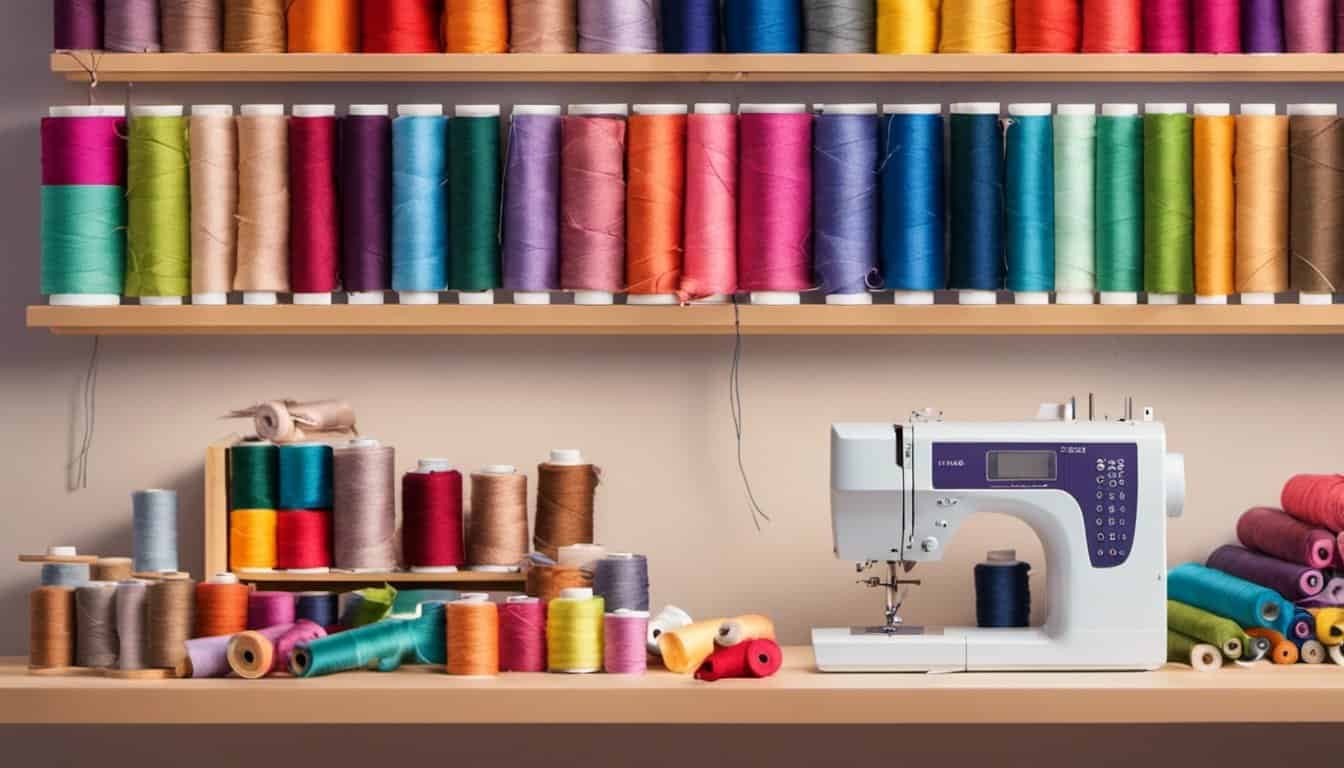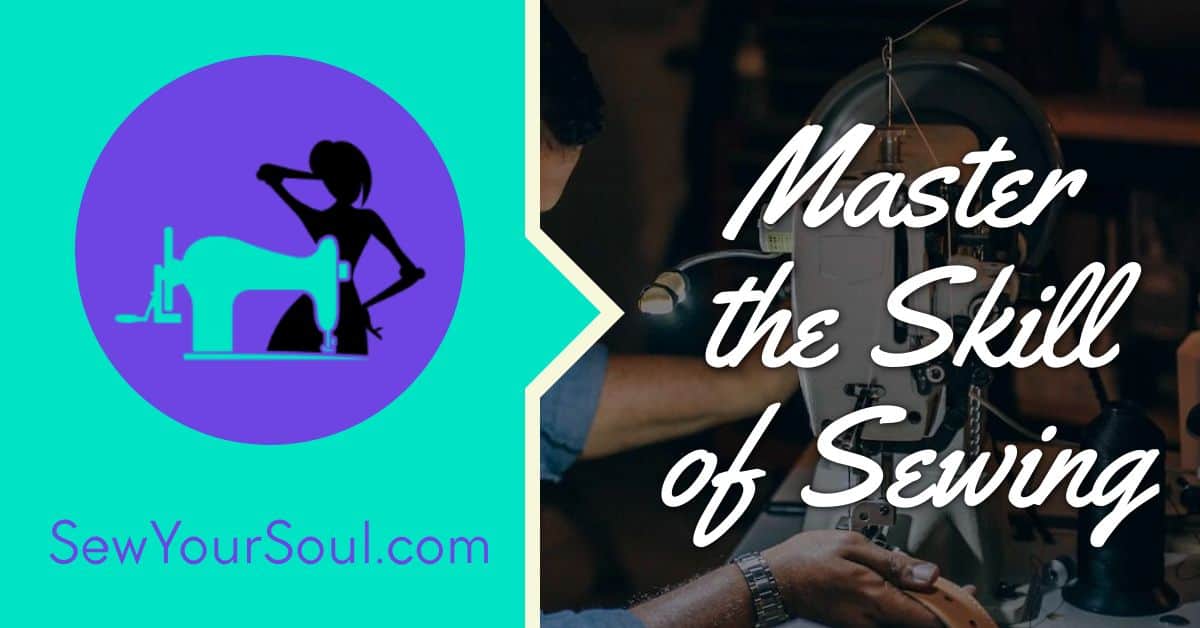Choosing between a sewing machine and a serger can feel like a daunting task, especially if you’re new to the world of sewing. Both tools have their unique strengths, and understanding what each one offers can make your projects not only easier but also more professional-looking.
Whether you’re hemming a pair of pants, creating a quilt, or designing your own clothes, knowing the difference between these two machines can be a game-changer. Let’s dive into what sets them apart so you can decide which one fits your sewing needs best.
Understanding Sewing Machines
Sewing machines have been essential tools in the world of stitching and crafting for centuries. While their primary function remains consistent, the features and applications have evolved.
Features of Sewing Machines
Modern sewing machines come equipped with a variety of features:
- Stitch Types: Basic models offer straight and zigzag stitches, while advanced models include decorative stitches.
- Automatic Features: Functions like needle threading, buttonholing, and thread cutting streamline your workflow.
- Speed Control: Variable speed settings let you adjust the machine’s pace for different fabrics and tasks.
- Built-in Stitches: Machines often have multiple built-in stitches, ranging from basic to complex patterns.
- LCD Displays: High-end models feature LCD screens for easy stitch selection and adjustments.
Applications of Sewing Machines
Sewing machines are versatile tools with many applications:
- Clothing Construction: Sewing machines can handle everything from basic garments to intricate designs.
- Quilting: Specialized machines or attachments allow for precise quilting patterns.
- Home Decor: Create custom curtains, pillows, and tablecloths.
- Alterations and Repairs: Easily adjust hems, seams, and other clothing elements.
- Craft Projects: From bags to soft toys, sewing machines facilitate various craft endeavors.
Understanding these features and applications helps you make informed decisions and enhance your sewing experience.
Exploring Sergers
Sergers, also known as overlock machines, enhance your sewing projects with professional-quality finishes. They complement sewing machines by handling tasks that involve stitching edges, seams, and decorative elements.
Features of Sergers
Multiple Threads
Sergers typically use 3-4 threads, providing robust and flexible seams compared to the standard two-thread system in regular sewing machines. For example, three-thread overlock stitches are ideal for lightweight fabrics, while four-thread overlock stitches offer extra durability.
Cutting Mechanism
Integrated knives trim fabric edges during stitching, ensuring clean and even seams. This feature eliminates the need for separate trimming, streamlining the sewing process.
Differential Feed
The differential feed prevents fabric stretch or puckering by adjusting the feed dogs, making it perfect for knit and stretchy materials. It creates evenly gathered, ruffled, or smooth seams based on your settings.
Roll Hem Capabilities
Create fine, professional hems with the roll hem function, which adds a polished finish to projects like scarves, napkins, and fine garments.
Applications of Sergers
Edge Finishing
Sergers excel at finishing raw fabric edges, preventing fraying and giving garments and home textiles a polished, professional look.
Seam Construction
Use sergers to seamlessly join fabrics, making them ideal for garments requiring durable, stretchable seams like activewear and swimwear.
Decorative Stitching
Sergers can add creative flourishes to projects with decorative threads, enhancing overall aesthetics. For instance, use contrasting thread colors or metallic threads to make designs pop.

Gathering and Ruffling
The differential feed or special presser foot gathers or ruffles fabric, which is ideal for skirts, sleeves, and home decor items like ruffled pillows or curtains.
By integrating a serger into your sewing toolkit, you elevate your sewing capabilities, achieving durability and professional finishes in your projects.
Comparing Sewing Machine and Serger
A sewing machine and a serger serve unique purposes in sewing projects. Understanding their functional differences will help you decide which machine meets your needs.
Functional Differences
Sewing machines and sergers offer distinct functionalities essential for different sewing tasks. A sewing machine excels at straight stitches, zigzag stitches, and decorative stitches, making it versatile for garment construction, quilting, and detailed repairs. You’ll find it indispensable for tasks involving buttonholes, zippers, and hems.
A serger, also known as an overlock machine, specializes in edging, stitching, and trimming fabric simultaneously. It utilizes multiple threads to create strong seams and professional finishes. Key features include a cutting mechanism for clean edges, differential feed for stretch prevention, and rolled hem capabilities for delicate hems. These features make sergers ideal for edge finishing, seam construction, and adding decorative elements.
Advantages and Disadvantages
Sewing Machine Advantages:
- Versatility: Handles various stitches for a range of projects like clothing, quilting, and home decor.
- Features: Offers automatic functions like buttonholes and zigzag stitches.
- Accessibility: Easier for beginners to use and understand.
Sewing Machine Disadvantages:
- Edge Finishing: Cannot trim and finish edges as efficiently as a serger.
- Seam Strength: Produces less robust seams compared to a serger.
Serger Advantages:
- Professional Finish: Provides clean, professional-quality edges and robust seams.
- Speed: Operates faster, making it efficient for high-volume projects.
- Specialty Functions: Handles stretch fabrics and roll hems effectively.
- Limited Versatility: Lacks the ability to perform tasks like buttonholes and zippers.
- Complexity: More challenging for beginners to learn and use.
« Ultimate Guide to Repairing Your Sewing Machine: Fix Common Issues and Know When to Call a Pro
Discover 15 Creative Sewing Ideas for Gifts That Will Wow Everyone! — Make sure to add engaging visuals and detailed guides in your blog post to complement this catchy title and optimize the overall reader experience »
Choosing between a sewing machine and a serger depends on your project requirements and sewing expertise. Consider the unique functionalities and the advantages and disadvantages each offers to make an informed decision.
Choosing Between a Sewing Machine and Serger
Choosing between a sewing machine and a serger involves assessing your sewing needs, experience, and project types. Both machines offer unique advantages that cater to different aspects of sewing.
Factors to Consider
- Project Type: Sewing machines handle garment construction, quilting, and intricate stitching. They perform well with straight, zigzag, and decorative stitches. Sergers, on the other hand, excel at edging, hemming, and creating sturdy seams, making them ideal for professional finishes and knit fabrics.
- Experience Level: Beginners might find sewing machines easier due to their versatility and straightforward operation. Sergers require a deeper understanding of thread tension, threading, and maintenance.
- Budget: Sewing machines usually cost less than sergers. Beginners might prefer starting with a sewing machine. Specialize with a serger later if needed.
- Frequency of Use: Consider how often you’ll use the machine. A serger’s speed and efficiency benefit high-volume projects, while a sewing machine’s versatility suits varied tasks.
- Beginners: Start with a sewing machine. It offers ample features for learning and creating diverse projects. Look for models with simple threading systems and automatic features like needle threading.
- Professionals: Invest in both machines. This allows you to leverage the versatility of a sewing machine and the efficiency of a serger. Professionals often need the capabilities of both for complex projects, creating high-quality garments and finishes.
Considering these factors ensures you choose the right machine for your sewing journey.
Conclusion
Choosing between a sewing machine and a serger depends on your specific needs and sewing goals. If you’re just starting out, a sewing machine might be your best bet for its versatility and ease of use. On the other hand, if you’re looking to take your sewing projects to the next level, adding a serger to your toolkit can make a world of difference in finishing seams and creating professional-looking edges.
Don’t forget to consider your budget and how often you’ll use the machine. Investing in both machines can be a game-changer for more advanced projects. Ultimately, understanding what each machine offers will help you make the best choice for your sewing journey. Happy sewing!














